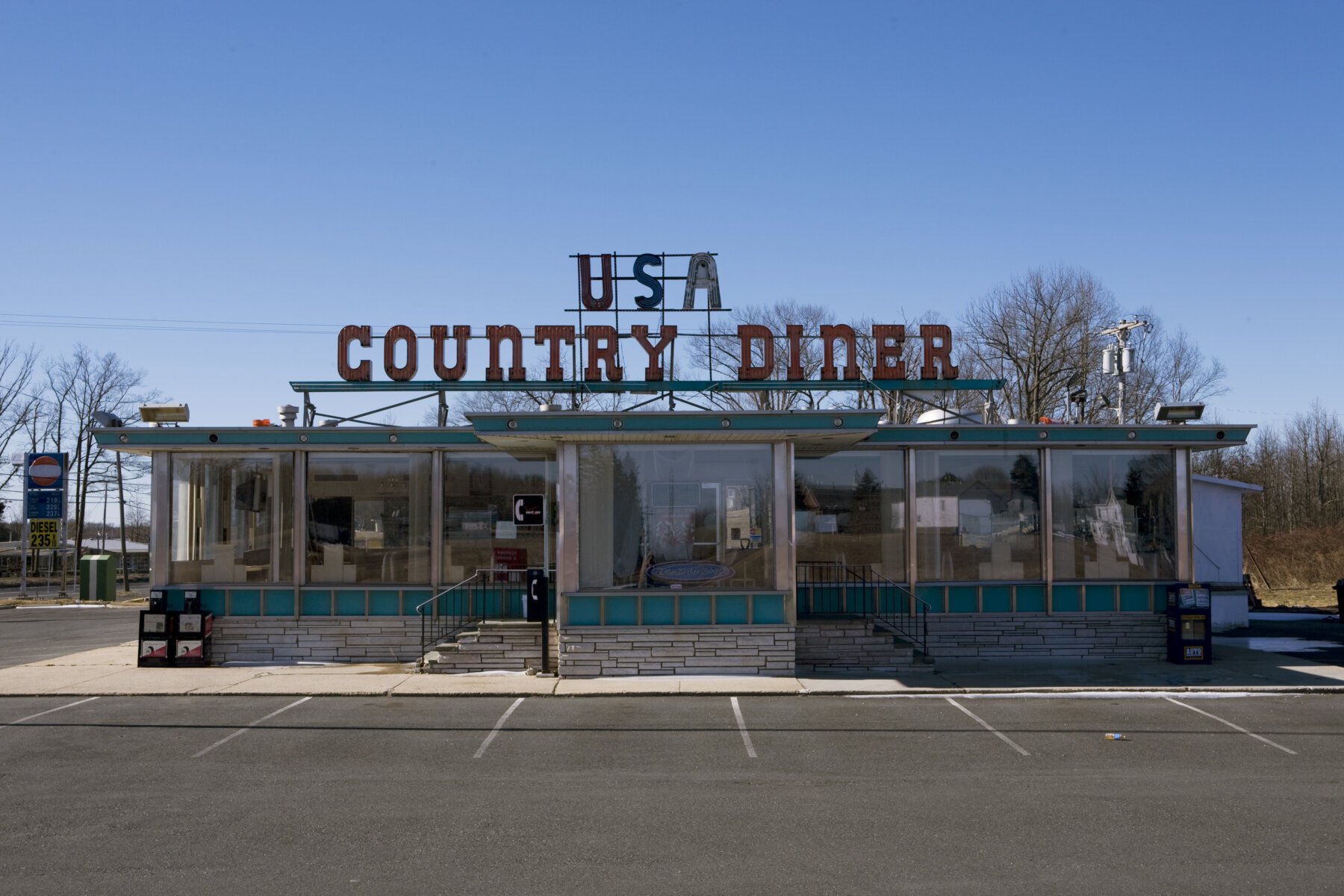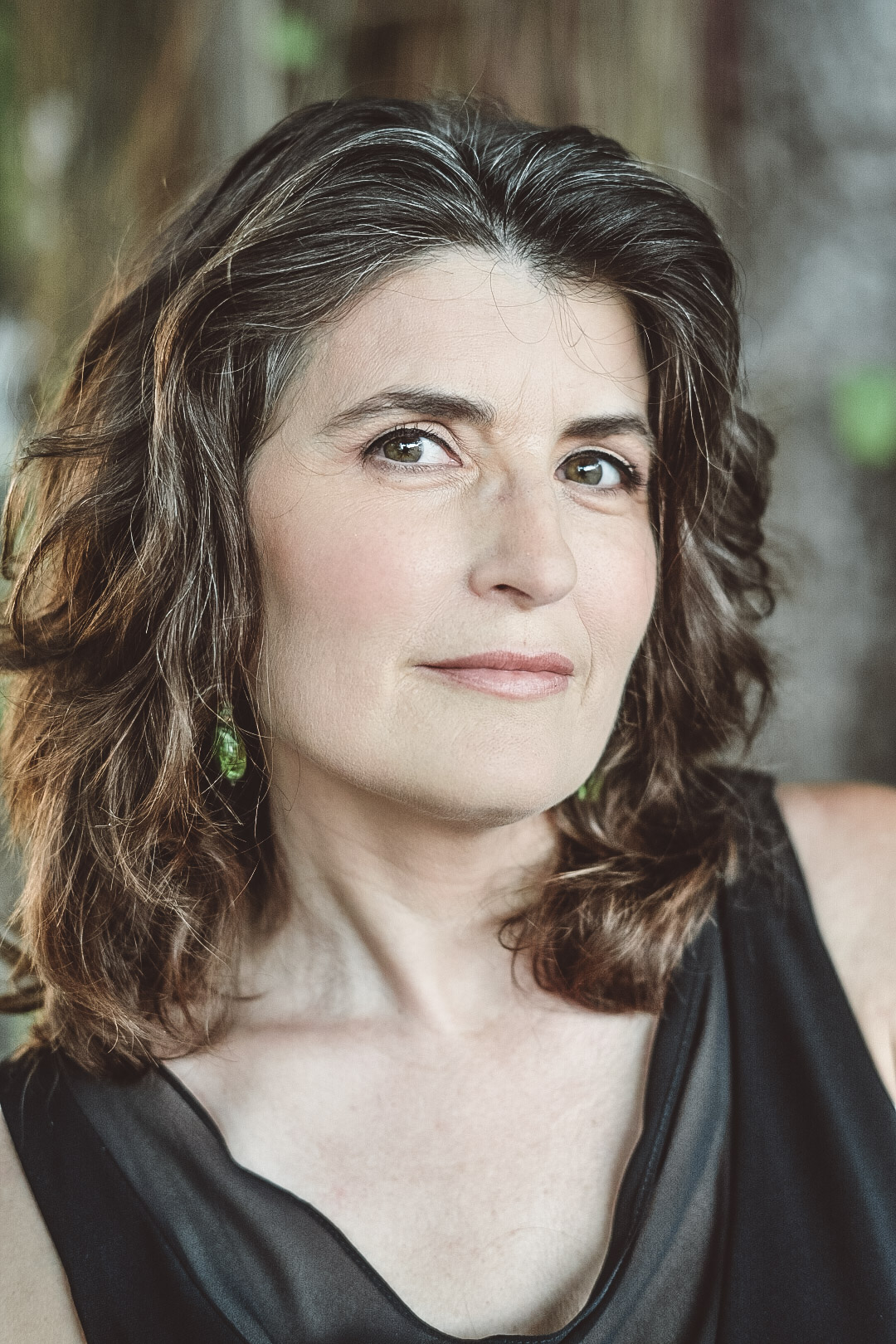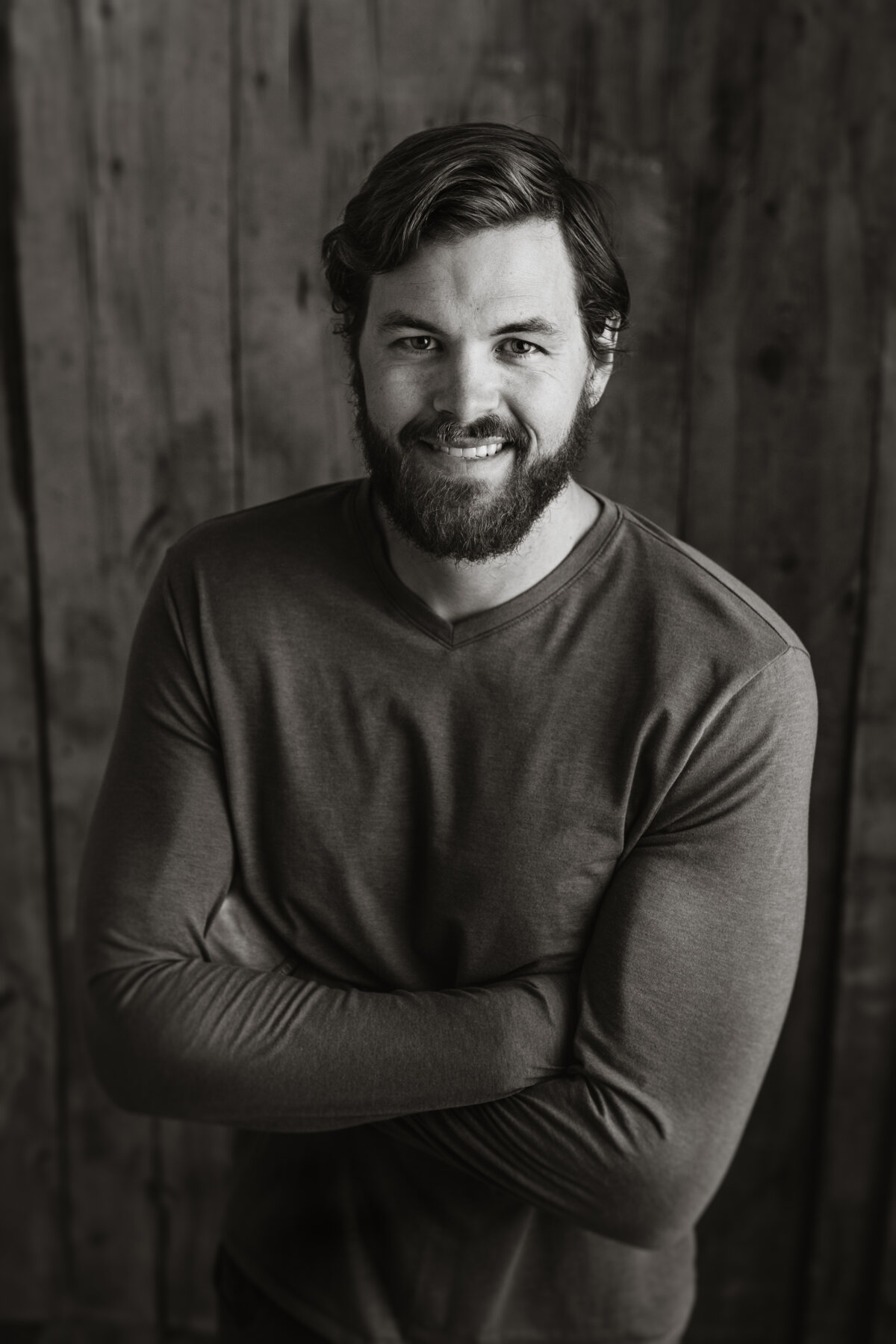
Born and bred in New York City, I was excited when I was offered a change of pace — my first reporting job at a newspaper in Chattanooga, Tennessee. As I packed to leave for Appalachia, my friends teased me with questions like “Will there be dirt roads?” “Will you have electricity?” and “Will everyone there be white?”
Chattanooga not only had paved roads but also several major interstates and international airports, enough electricity to power high-speed internet and many people of color.
My New York City friends were playing into the typical stereotype that the American South was mostly undeveloped and “rural,” overlooking the rich geographic and racial diversity of the region. And many journalists continue to play into those stereotypes.
For instance, journalists often visit Midwestern diners to report on how the “average American” voter feels — a longtime election trope satirized by publications like McSweeney’s and The Onion.
Leaning into tropes is a quick way to illustrate an image to an audience, said Chan Thai, an associate communications professor at Santa Clara University. “Looking at cognitive science, our brains are naturally lazy,” she said. “We don’t want to do a whole lot of thinking if we don’t have to, and so we rely on a lot of stereotypes or predetermined storylines.”
I spoke with scholars and journalists about the origins of geographical stereotypes, why they’ve persisted in media and how reporters can get away from this kind of thinking and look beyond them in their coverage.
The Midwestern stereotype of the ‘average American’
For a long time, the image of the “average American” has been associated with Midwestern states like Iowa, Minnesota and Nebraska. The scholars I talked to said the origins of this stereotype could have many sources, including the assumption, advanced by politicians, that the “middle” of the country has different priorities from the coasts.


“These North American stereotypes about the heartland create a binary: the Midwest versus the fringes,” said Corinna Moebius, a consultant and scholar who has a doctorate in cultural anthropology and geography. “The old world Americana Midwestern thing is implying this is the ‘Heart of America’ and that these liberal elites are extremists.”
Election stories that use this stereotype often stem from politicians themselves. For instance, Sen. Amy Klobuchar, D-Minn., embraced it during her 2020 presidential run, calling herself “Heartland Amy,” and she still talks about the “Average American” on X and other platforms today. The “average American” diner story — or the donut shop story, as we saw Vice President JD Vance do last year — also stems from politicians.
“They do this to make a political point or statement,” said Paromita Pain, an associate professor of global media at the University of Nevada, Reno. “So if the politician is there at this diner, I have to use the word ‘diner,’ and the minute I use it in this context, it leads to the evoking of certain stereotypes, as well. Reporters and politicians both use stereotypes and tropes to create familiarity.”
There are also practical reasons why journalists turn to diners to capture the “average American voter” — they are open very early in the morning and often have customers willing to talk at a time when most places are closed.
In reality, though, there is no single “average American,” as the country is more diverse than ever. In the Midwest, Black, Latino and Indigenous populations have increased as much as 18% since 2010, according to the Council of State Governments Midwestern Office.
“Try to block out the idea of an average American, especially the Midwest,” said Tom Hall, an adjunct business professor at the University of South Florida who studies rural perceptions and was raised in the Midwest. “You’re not going to find a typical Midwesterner anywhere anymore.”
The Southern stereotype of ‘rural’ white people
Like what I experienced after college, many people think the American South is filled with farms and white, uneducated people living in poverty. This stereotype comes from the pre-Civil War era when the South was covered in plantations, worked by enslaved people. The Southern states depended on an agricultural economy, while the Northern states embraced the Industrial Revolution in the late 1800s.
“After the Civil War and Reconstruction, the Southern economy remained largely agricultural, and it didn’t become as industrialized as the East or other parts of America,” Pain said. “Then, in the 1960s and 1970s, millions of Black Southerners moved to the North and the Midwest [in the Great Migration]. This created a notion that rural areas are predominantly white, even though the numbers say this is not true.”
Over a half-century later, more than half of the United States’ Black population resides in the South, according to the Pew Research Center. But this white, “rural” stereotype of the South has persisted in media, through TV shows like “Duck Dynasty” and Vance’s 2016 book about his Kentucky family, “Hillbilly Elegy,” which uses a derogatory term for Southern people.
“This stereotype of rural people being uneducated, oblivious to the outside world and ultra-religious, it’s completely false,” Hall said. “A lot of times the media and academia draw their conclusions from their office in an urban setting, without actually setting foot in those small towns. And what you really find when you go to those small towns is they’re just like anybody else.”
The ‘urban’ stereotype that Black communities live in the inner city
By its traditional definition, the word “urban” means “city,” but in the media, it’s often shorthand for referring to Black communities and culture.
This stereotype’s origins date to when the Great Migration and desegregation prompted Black people to move to the Northern cities for better opportunities and to escape harsh Jim Crow laws. Many white people in those cities saw their neighborhoods diversify, didn’t like it and decided to move to suburban areas, instead. Cities like Baltimore, Philadelphia and Detroit became predominantly Black, and the word “urban” became associated with them.
“There was a taboo against being openly racist in your commentary about African Americans and cities,” Moebius said. “There was a lot of coded language that began to be used very intentionally. So people thought we’d just say ‘inner city.’ It’s this strategy of plausible deniability, thinking you can use a place to talk about things that are so-called taboo to talk about.”
The use of “urban” expanded to media and pop culture. Up until 2020, the Recording Academy had a Grammy category called best urban contemporary album (now called best progressive R&B album), and radio stations that played rap and R&B became known as “urban radio.”
“As Black populations grew, the term ‘urban’ began to be colloquially used to reference these communities,” Pain said. “And then again, of course, you have media that then started using ‘urban’ to label aspects of Black culture, like music, fashion and art. This generalized and really pigeonholed Black cultural expressions under the ‘urban’ umbrella.”
The East and West Coast stereotype of ‘liberal coastal elites’
West and East Coast states tend to get lumped into a stereotype known as “liberal coastal elites.”
The stereotype has roots as far back as the 1800s, when Founding Father and President Thomas Jefferson idealized rural America, writing in a letter that cities were a disease of “the morals, the health and the liberties of man. True, they nourish some of the elegant arts; but the useful ones can thrive elsewhere.”


Many coastal cities have continued to embrace the arts and other lucrative industries, with Los Angeles becoming the home of Hollywood, the San Francisco Bay Area being a hub for tech and New York City emerging as the financial and media capital of the country. This stereotype persisted as New York and California consistently voted for Democrats in presidential elections — a Republican candidate hasn’t won electoral votes in New York since 1984 and in California since 1988.
However, both states aren’t entirely liberal or wealthy or have the same priorities as their big cities. For instance, upstate New York has many rural areas, often votes Republican in elections and, at one point, resented New York City so much that it wanted to secede from the state.
Outside of Los Angeles and San Francisco, California has a similar makeup with several counties that vote conservative in elections, including Orange County, known to be wealthy and majority Republican. California’s poverty rate increased to 18.9% in 2023, according to the California Budget and Policy Center, and New York state’s poverty rate was above the national average in 2023, according to the New York State Community Action Association.
“A sense of deep elitism started being associated with [these states] because of the power they yielded in terms of cultural and financial influence,” Pain said. “But as the numbers say, it’s certainly not true that everyone in California is doing well or they have the advantages that you would expect in states like this. What we have to understand is that despite the stereotypes, there are deep inequalities that persist.”
How journalists can do better
Journalists can take several steps to do better to portray the racial and political diversity across the country. Pain and Hall advised reporters to avoid the practice of “parachute journalism,” which is when a reporter travels to an unfamiliar area, resulting in under-informed stories.
They both suggested that reporters spend more time in the areas they fly into, visit different types of places and talk to a range of people.
“If journalists want to cut through stereotypical matter, collaborating with local outlets, amplifying community storytelling and questioning internal biases is very, very important,” Pain said. “Diversify your sources and voices, seek out the local expert and talk to a wide range of residents.”
NBC News increased its efforts to collaborate with its 235 stations around the county in 2024. The result has been stronger characters in national stories and a deeper understanding of local issues among the network’s journalists.
“We have provided a mechanism for NBC News journalists to draw upon the knowledge of local reporters who can provide guidance on complicated issues, identify the best locations to find characters and navigate local laws all in the name of original journalism,” said Matt Glassman, vice president of regional editorial at NBC News. “The stations also benefit from these collaborations as they use the content in their newscasts and digital platforms.”
Trust in local news partially stems from credible reporters who participate in their communities as both citizens and journalists.
Hall recalled seeing a Minnesota Star Tribune journalist regularly attend local companies’ recruitment meetings to listen, build trust and get to know the community and its needs.
“That’s a good example of them sending their journalists to various events just to listen, not to write an article about it,” he said. “It helps the journalist get a network of people that can inform them.”
Outside of reporting, Thai suggested that journalists watch and read news outlets from around the world to diversify their media diets.
“I really encourage my students to consume news from a variety of different sources and from a variety of different countries,” Thai said. “It helps them see more clearly how the stereotypes and the tropes are being perpetuated in American media and how the same issue might be presented in a different way in a non-Western-based media.”
📚 Other Guides on Stereotypes and Language to Avoid 📚
• Understanding — and Avoiding — Stereotypes About Black Women in the News
• Understanding — and Avoiding — Asian American Stereotypes
• ‘Crazy,’ ‘Unhinged’ and Other Stigmatizing Words Journalists Should Avoid
• ‘Cakewalk,’ ‘No Can Do,’ and Other Harmful Language We Must Stop Using



